The Ice Age might sound like a distant, frozen past, but it’s full of surprising secrets! Stretching back millions of years, these cold periods have dramatically shaped the Earth’s surface, changed weather patterns, and influenced the evolution of life as we know it. The Ice Age wasn’t just one long freeze; it was actually a complex cycle of climate shifts, with entire species adapting to survive in icy worlds. From strange animals to unexpected human migrations, there’s so much we’re still learning. Here are 18 facts about the Ice Age that you probably didn’t know!
1. The Ice Age Wasn’t Just One Long Freeze
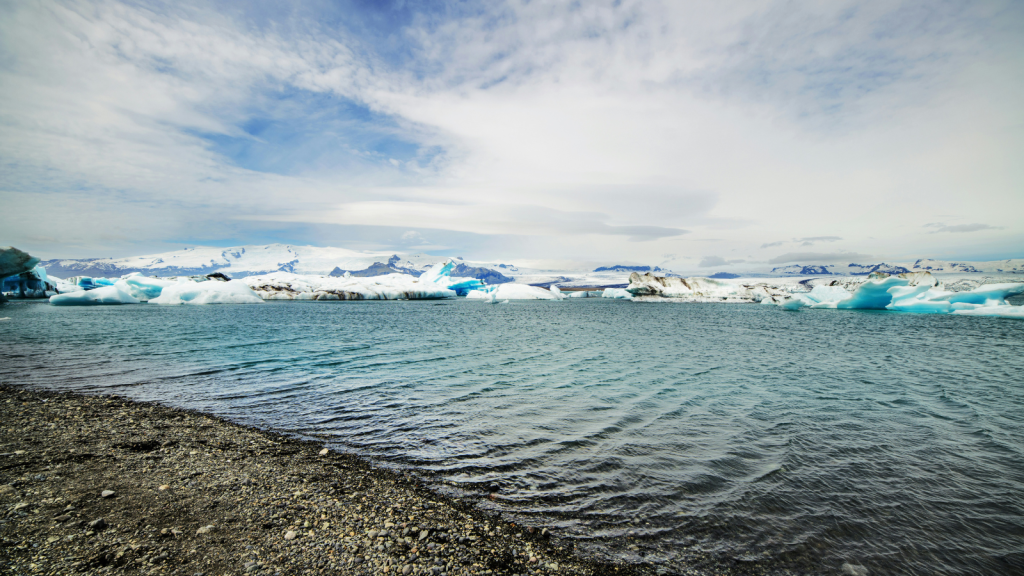
The Ice Age wasn’t one continuous cold spell but rather a series of glacial and interglacial periods. During the glacial periods, temperatures dropped, and ice sheets expanded, while interglacial periods brought warmer climates. This cycle happened repeatedly over millions of years.
2. Humans Lived Through the Ice Age

It’s hard to imagine, but early humans actually survived through some of the harshest parts of the last Ice Age, known as the Pleistocene epoch. They adapted to cold climates by using fire, building shelters, and crafting warm clothing from animal skins.
3. Giant Mammals Roamed the Earth
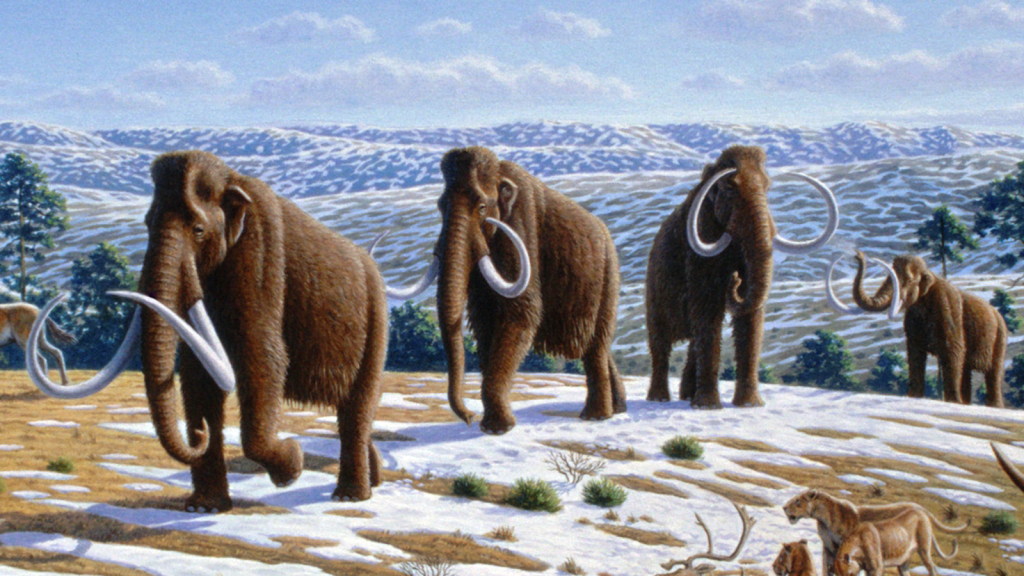
The Ice Age was home to some truly gigantic mammals, including the woolly mammoth, saber-toothed tiger, and massive ground sloths. These animals were often much larger than modern species, as their size helped them retain body heat in frigid climates.
4. The Ice Age Shaped the Land We See Today
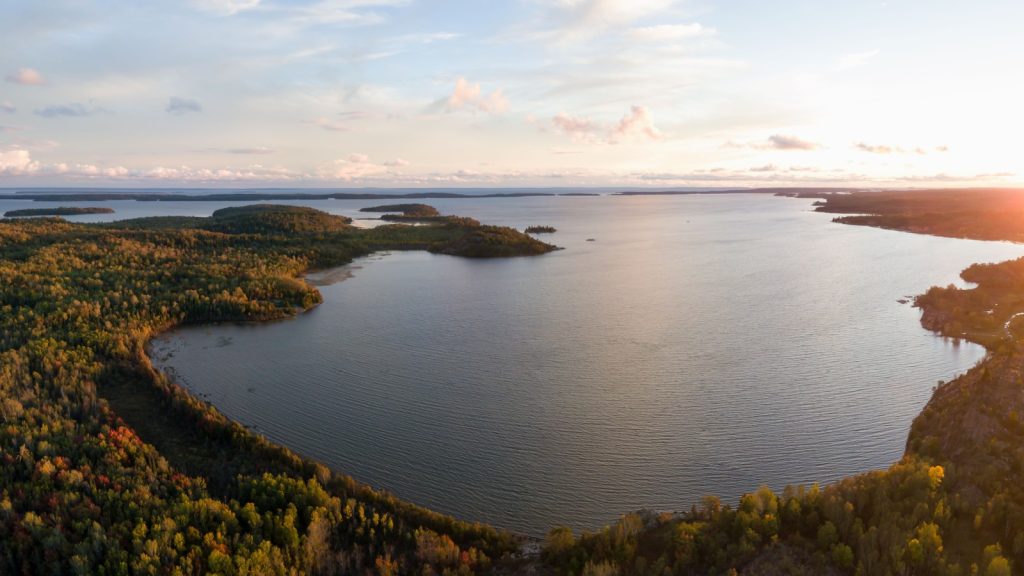
Many of today’s mountains, valleys, and lakes were shaped by glaciers during the Ice Age. For example, the Great Lakes in North America were carved by massive ice sheets that advanced and retreated over thousands of years.
5. Ireland and Britain Were Once Connected
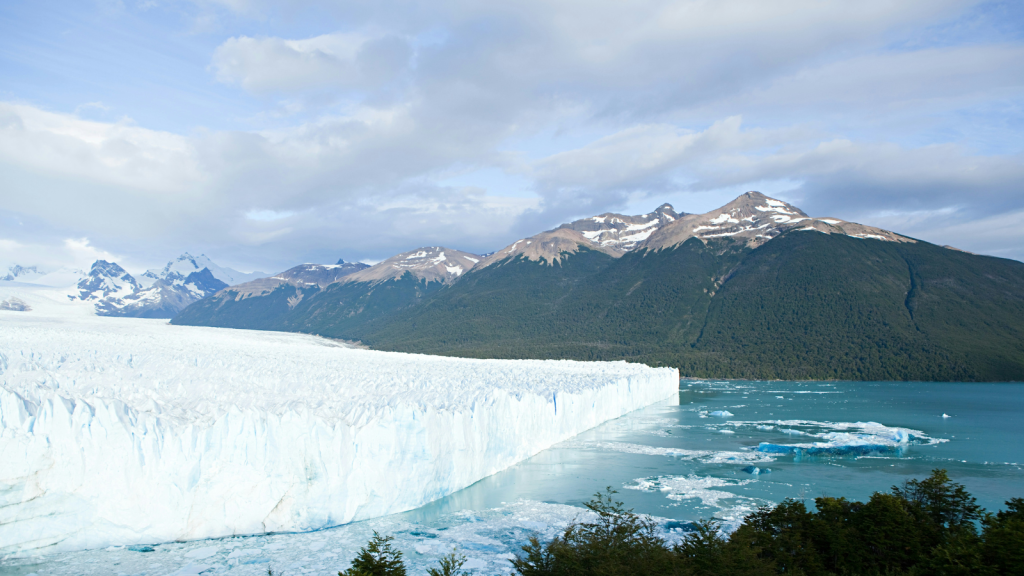
During the Ice Age, sea levels dropped significantly because so much water was locked up in ice sheets. This created land bridges, including one that connected Britain and Ireland to mainland Europe. This allowed humans and animals to migrate across land that is now underwater.
6. Woolly Mammoths Were Still Around When the Pyramids Were Built

The last population of woolly mammoths survived on Wrangel Island in the Arctic Ocean until about 4,000 years ago. This means they were still alive during the construction of the Great Pyramid of Giza in ancient Egypt!
7. It Wasn’t All Cold All the Time
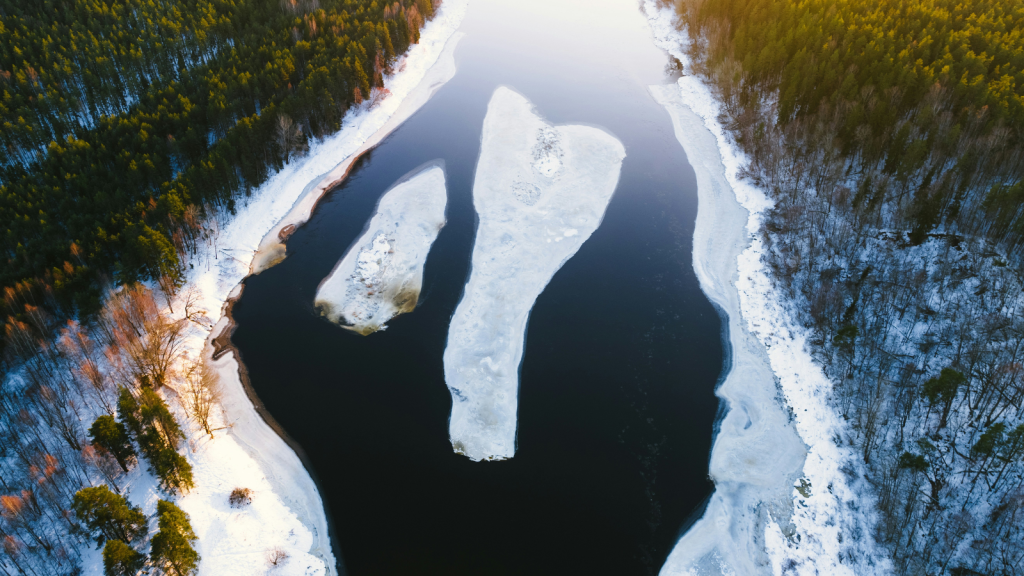
Even though it’s called the Ice Age, not every region was icy or constantly frozen. Certain areas closer to the equator remained warmer, creating refuges for both plants and animals that couldn’t survive in icy conditions.
8. Some Modern Species Are Ice Age Survivors
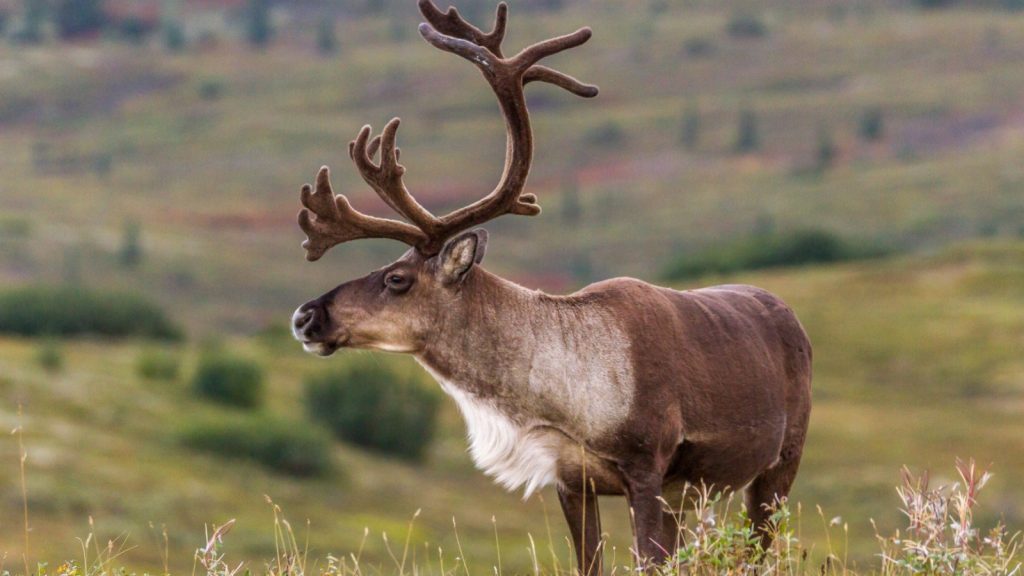
Certain species alive today, like reindeer, musk oxen, and even woolly rhinos’ descendants, evolved to survive Ice Age conditions and have lasted through drastic climate changes. Their thick fur and fat stores helped them live in freezing temperatures.
9. Glaciers Acted Like Giant Bulldozers
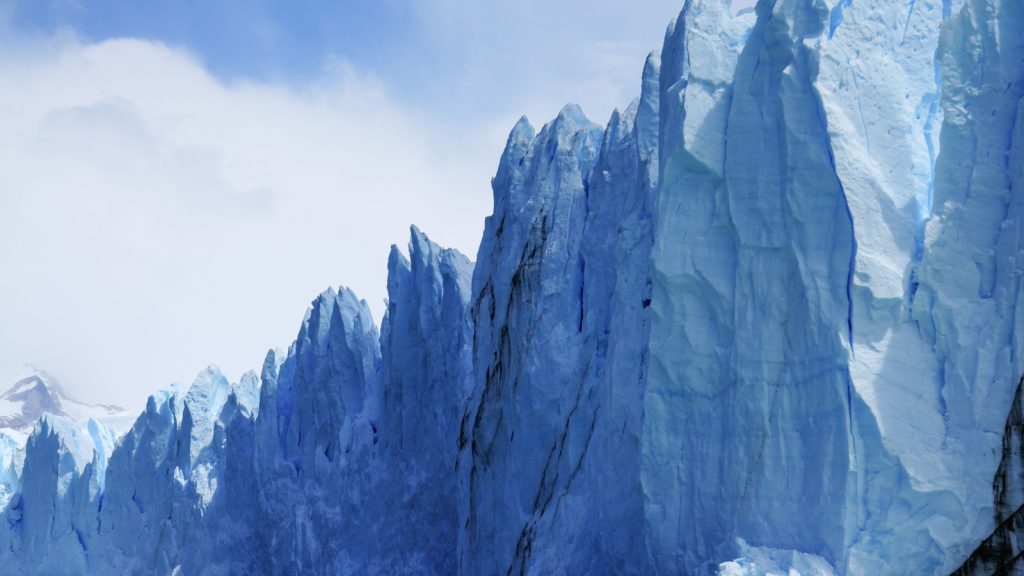
As glaciers moved across the land, they scraped and carved out the terrain, leaving behind dramatic landscapes like fjords, valleys, and ridges. These geological changes are still visible in many parts of the world.
10. Megalodon Sharks Lived Just Before the Ice Age
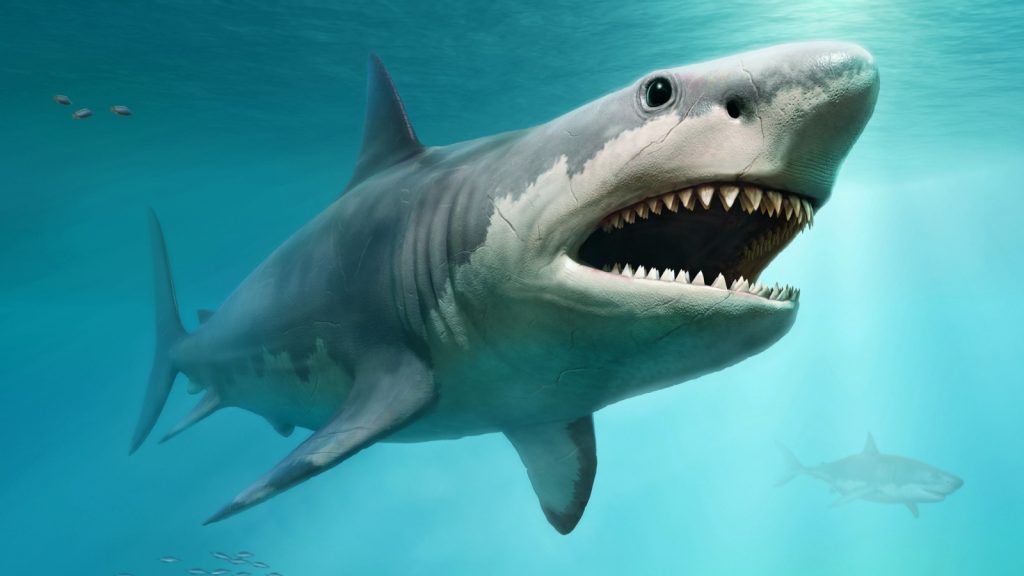
The massive Megalodon shark, which could reach over 50 feet in length, went extinct around 2.6 million years ago, right before the Ice Age began. This ancient predator roamed warm seas before Earth’s climate cooled.
11. People Created Some of the Oldest Art During the Ice Age
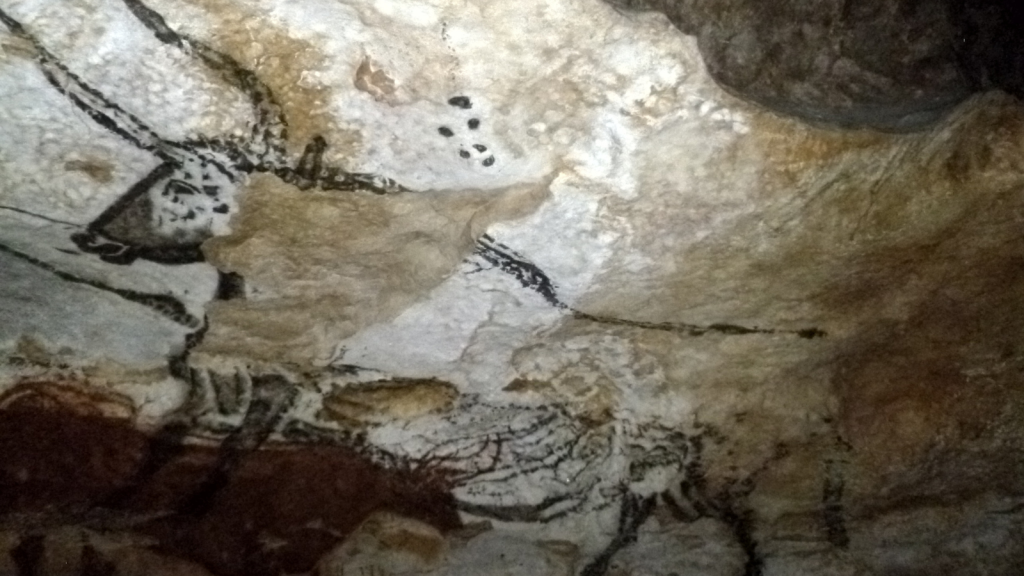
Cave paintings in France and Spain, such as those at Lascaux and Altamira, date back tens of thousands of years to the Ice Age. These stunning artworks provide a glimpse into the lives and beliefs of early humans.
12. Ice Sheets Were Over a Mile Thick
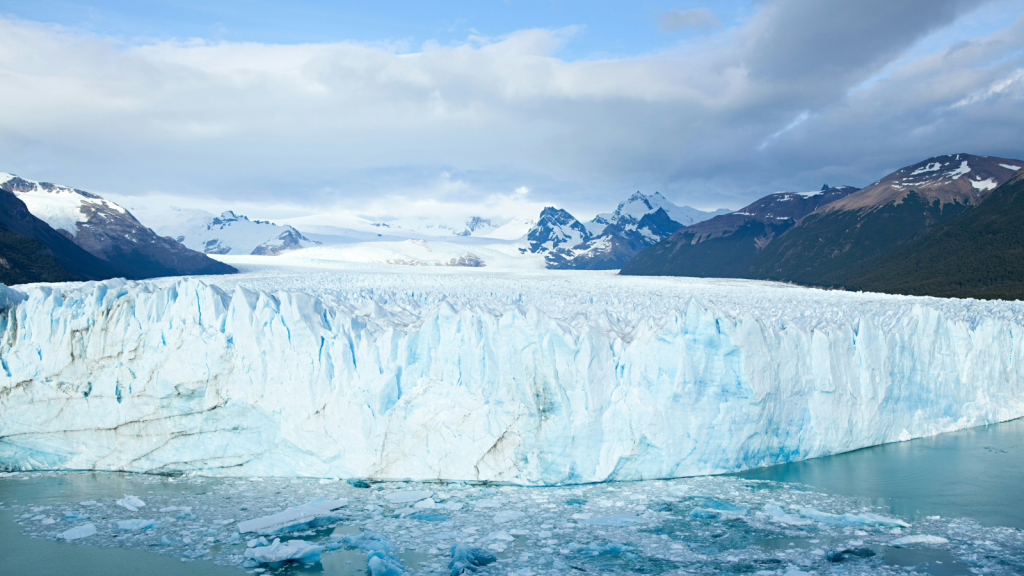
During the peak of the last Ice Age, ice sheets in North America and northern Europe were over a mile thick in some areas. The sheer weight of this ice pressed down on the land, altering its shape over time.
13. Dogs Were Domesticated During the Ice Age

Dogs were likely the first animals domesticated by humans, and evidence suggests this happened during the Ice Age. Early humans may have found dogs helpful for hunting and companionship in a harsh, cold environment.
14. Earth’s Orbit Helped Trigger the Ice Age
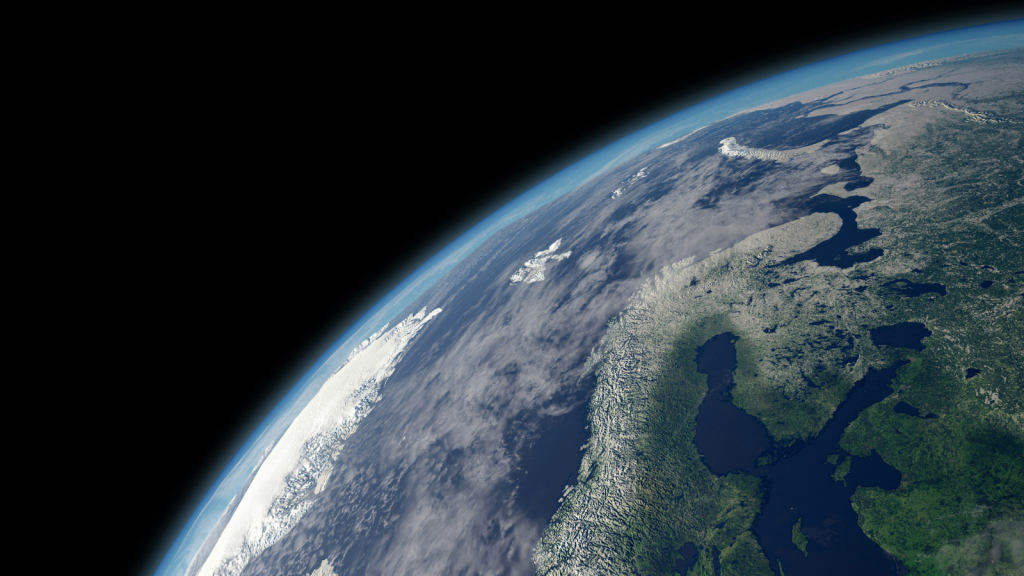
The Ice Age cycles are believed to have been influenced by changes in Earth’s orbit and tilt, a concept known as Milankovitch cycles. These shifts affected the amount of sunlight reaching different parts of the planet, contributing to global cooling.
15. Rainforest and Desert Sizes Changed Dramatically
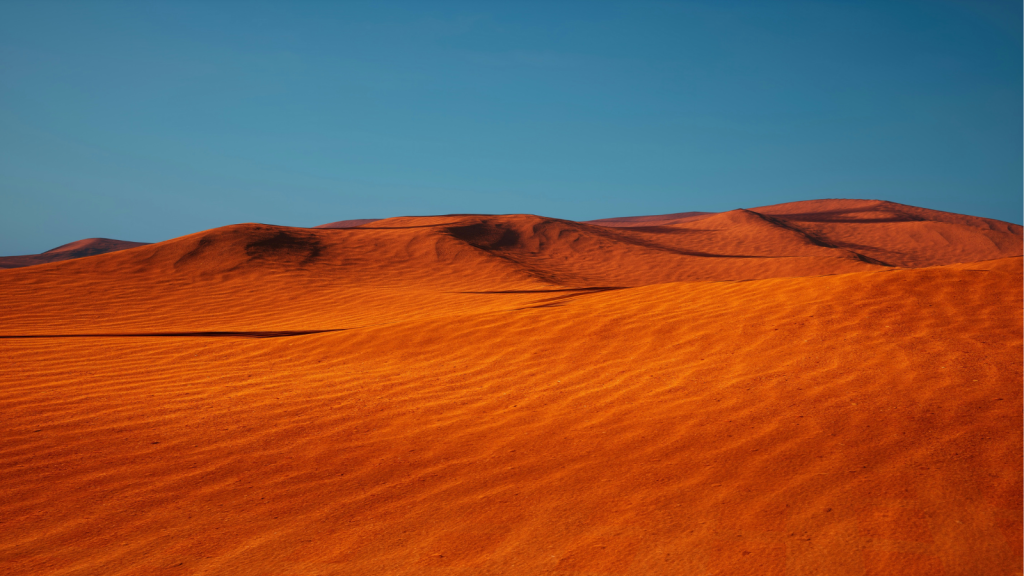
As the climate shifted, rainforests shrank and expanded, while deserts also grew or shrank. Some deserts that were dry during warmer periods became wetter during glacial phases, supporting life that otherwise couldn’t survive.
16. Homo Sapiens Almost Went Extinct

At one point during the Ice Age, the population of Homo sapiens is thought to have been reduced to a few thousand individuals. Harsh climates, competition, and limited resources nearly wiped out our species.
17. Australia Was Populated During the Ice Age

Ancestors of today’s Aboriginal Australians crossed over to Australia during the Ice Age. Lower sea levels revealed land bridges, allowing early humans to migrate and settle in parts of the world that are now isolated by water.
18. The Next Ice Age Could Be Delayed
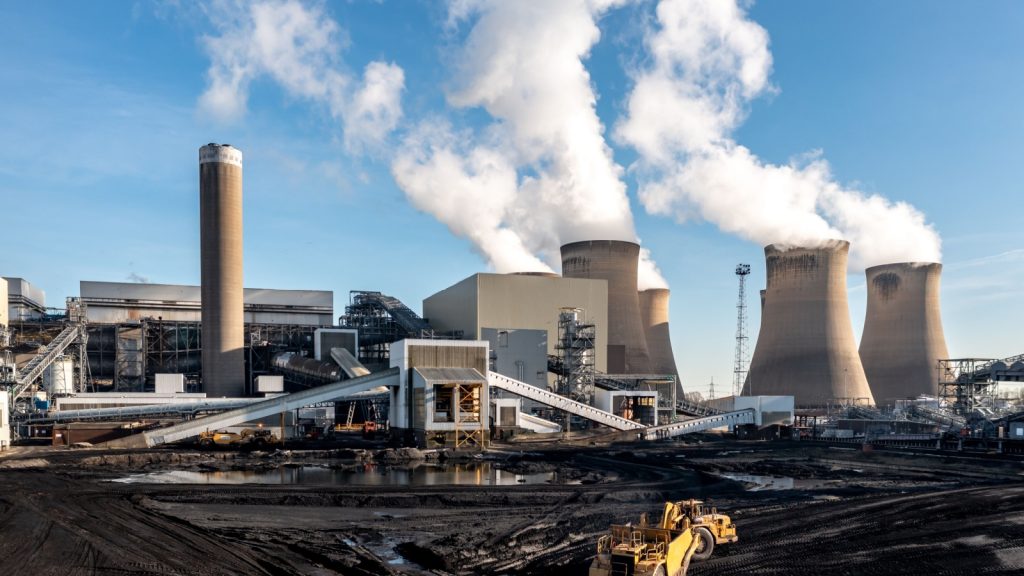
Due to human-caused climate change, scientists believe the next natural Ice Age may be delayed. Greenhouse gases are trapping heat in Earth’s atmosphere, disrupting the cycles that would typically lead to global cooling over time.
18 Everyday Things Amish Women Aren’t Allowed to Do

The Amish culture is known for its simple way of life and adherence to traditional values. While this lifestyle may seem appealing to some, there are certain restrictions that Amish women face that most modern women do not. Take a look at these things that we take for granted that are off-limits to Amish women.
Read More: 18 Everyday Things Amish Women Aren’t Allowed to Do
Ellen has been obsessed with logic puzzles, jigsaws, and cryptograms since she was a kid. After learning she was taught how to play chess wrong by a family friend (so they could win), she joined her school chess club and the rest is history.


